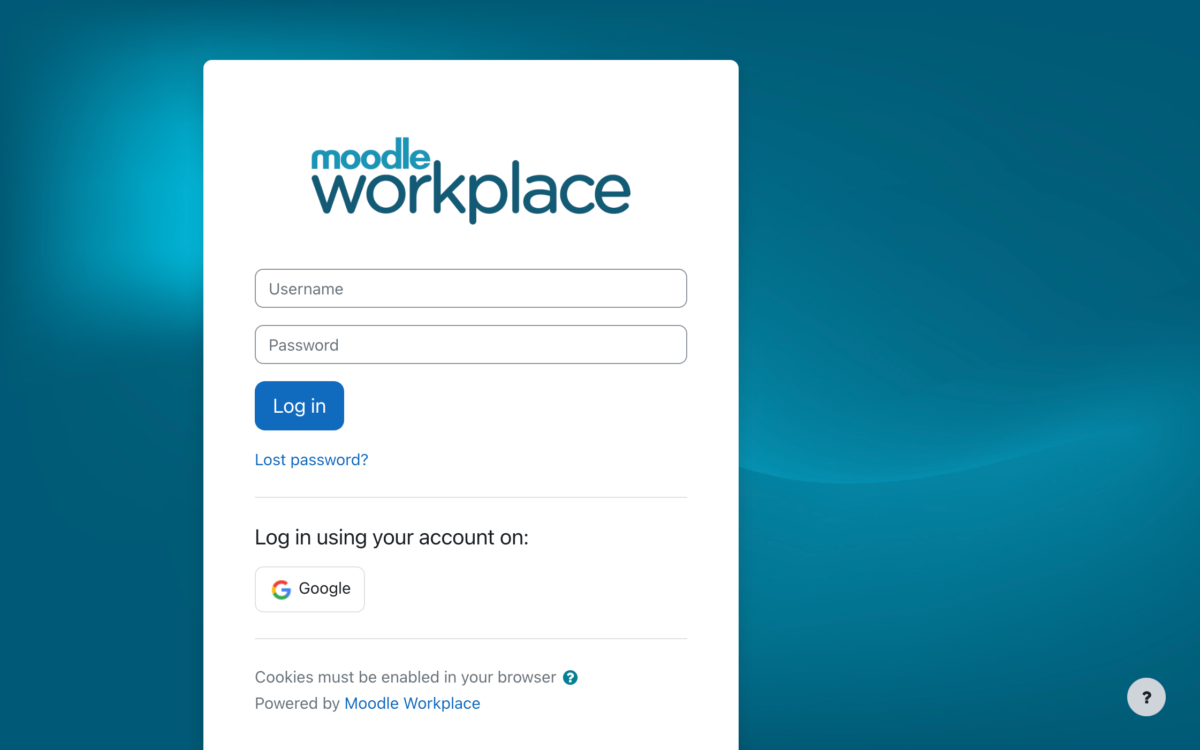What do we mean by engaging and interactive learning management systems?
The reality for instructional designers is tapping into API, or Application Programming Interface. API is a set of routines and tools for creating software applications, which in the case of a learning management system opens up a new world of interactivity.
For example, the Google Maps API allows programmers to use a standard language to create new functionality for the map application. It is a constantly evolving tool–and users often benefit from the additional refinements.
According to those in the know, the future of API authoring tools is Experience API, or xAPI, which allows real time tracking to provide instant feedback for learners engaged in real time tasks. Those on the cutting edge of xAPI want to go beyond the mass quizzes and exams that typify standard learning management learner feedback systems.
Advocates of xAPI authoring tools say instructional developers can tap into gamification, animation and social networking without needing to know programming skills to create just-in-time training and feedback.
How does xAPI work?
Here are a couple of scenarios:
Let’s say a company wants to teach its non-emergency team members life saving first aid skills.
Using an xAPI authoring tool, instructional designers can create simulations based on medical emergencies. The application measures the speed and accuracy of treatment and provides feedback if the learner botches any part of the treatment–which may result in the patient’s death. No multi-choice question, but instant feedback on how to better treat the patient, which may involve hooking into instructional videos and animations to demonstrate proper techniques.
What about a hands on situation like apprenticeship training? Perhaps you are trying to teach someone how to safely operate a four-post hoist in an automotive workshop. Using xAPI, a learner can operate an animated lift, go through the how-to process, make mistakes that won’t have the car rolling off the lift and injuring someone, and then demonstrate it under the watchful eye of an expert for assessment. This is a blended learning application.
The visionaries of xAPI see the design of learning materials that are real time, dynamic and driven by learner data. Governments are starting to buy into this idea in a different context.
For example, the Australia Tax Office e-Tax program has the rudimentary steps of this process. It pre-fills your tax with last year’s data. Some of this may change, of course, in which case the payee has to change part of the pre-filled process. So it is missing the dynamic element of the process envisioned by xAPI champions but it still taps into pre-existing data.
Other visions of the future would allow instructional designers to incorporate vocabulary or icons that are endemic to a profession, making data driven customisation a possibility.







